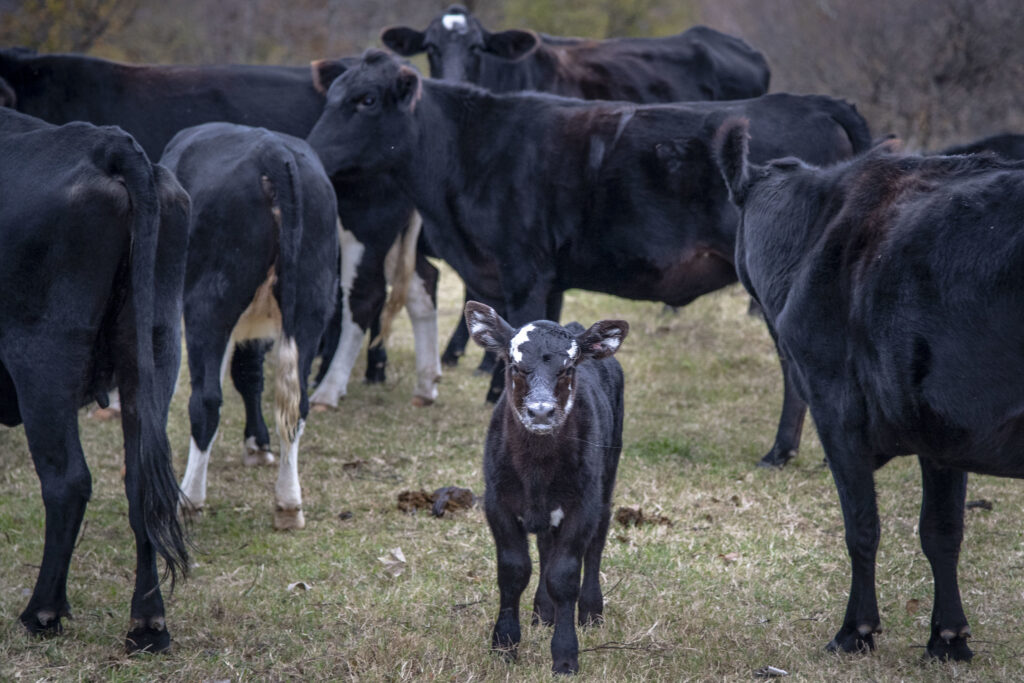
According to a study published in the journal Nature Food, the world’s food systems are responsible for more than one third of global greenhouse gas emissions caused by human activities.
‘Eat Local’ is often recommended as a way to minimize the carbon footprint of our diet. But from a climate impact perspective, eating local only has a significant impact if transportation is responsible for a large portion of a food’s final carbon footprint. And in many cases, greenhouse gas emissions related to transportation make up only a small portion of the emissions from food and what we eat is far more important.
There are massive differences in the greenhouse gas emissions of various foods.
For example, producing one pound of beef generates 60 pounds of greenhouse gas emissions. This is more than double the next closest food (lamb), and more than 60 times greater than some plant crops like corn and cassava.
For most foods – especially the largest emitters – greenhouse gas emissions from land use change combined with the emissions from processes at the farm stage account for more than 80% of the environmental footprint. Meanwhile, transportation accounts for less than 10%, and its contribution for the largest emitters is even smaller. For example, transportation accounts for 0.5% of emissions from beef production.
Eating beef or lamb has many times the carbon footprint of most other foods. It matters very little in terms of emissions whether it was grown locally or shipped from another part of the world. It’s not the location that makes the carbon footprint of our dinner large. It’s what is on our plate that matters.
**********
Web Links
Food systems account for over one-third of global greenhouse gas emissions
You want to reduce the carbon footprint of your food?
Photo, posted November 7, 2018, courtesy of Preston Keres / USDA via Flickr.
Earth Wise is a production of WAMC Northeast Public Radio.
Leave a Reply